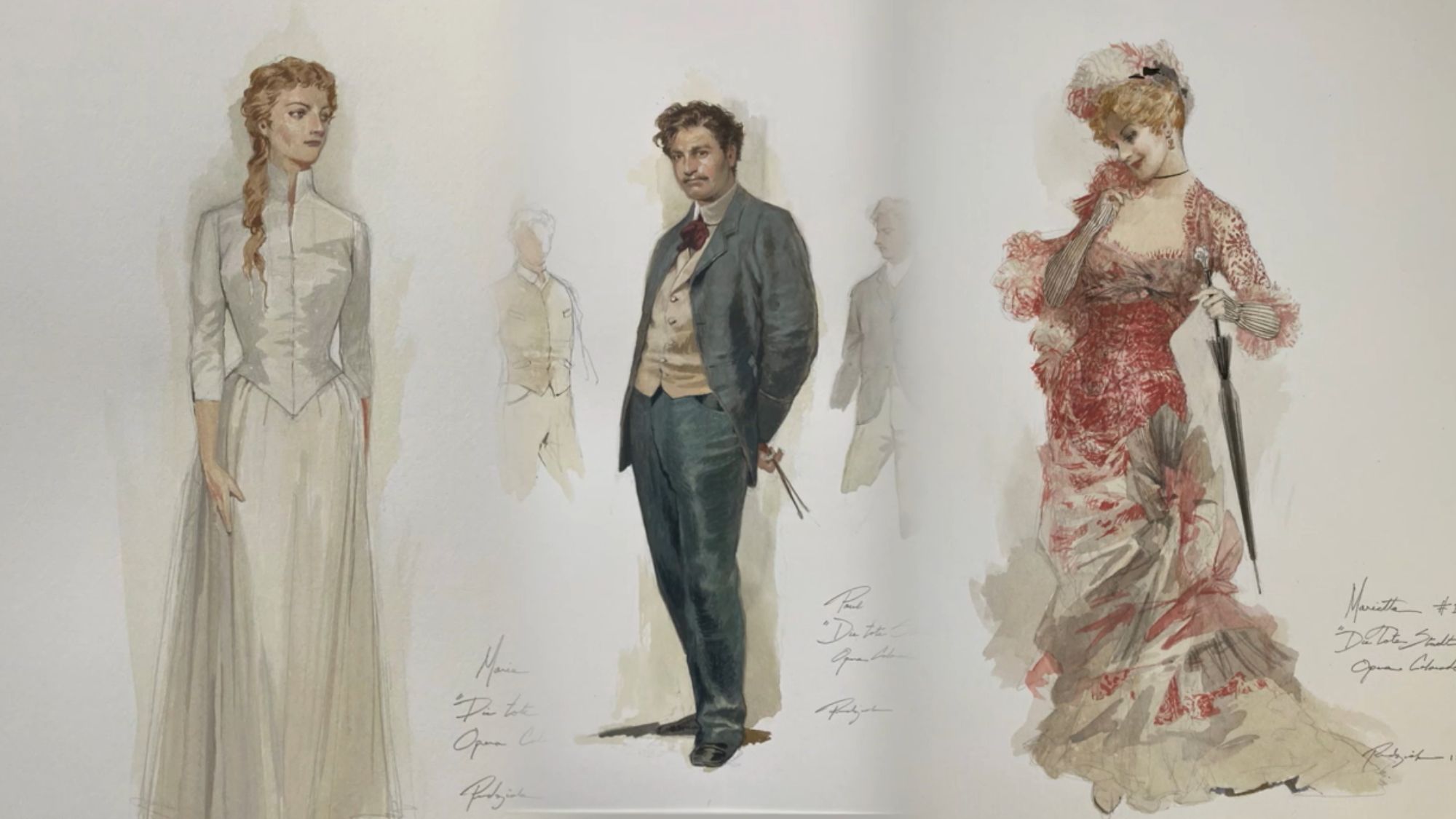Grief in Die tote Stadt

By: Angelica DiIorio
At its core, Die tote Stadt (The Dead City) is a story of the grief that a person experiences when they lose a loved one. Paul’s love for his wife Marie was very strong, so her passing is exceptionally difficult for him to handle. Many of us understand the heartbreak of losing someone, especially after the last few years. Let’s take a look at how grief has impacted Paul in his story.
Learn more about the plot of Die tote Stadt>>
What is grief?

Grief is the anguish experienced after significant loss, usually the death of a beloved person.
While Die tote Stadt is a fictional story, many of Paul’s actions are common for someone who is experiencing grief. According to the American Psychological Association, “Grief often includes physiological distress, separation anxiety, confusion, yearning, obsessive dwelling on the past, and apprehension about the future.”
You will notice that Paul exhibits many of these qualities. He is caught up in the past and keeps a shrine to his late wife Marie to preserve her memory. He even keeps her blonde braid in a bell jar in his art studio.
Hear from the experts

Dr. Mary Frances O’Connor is an associate professor of psychology at the University of Arizona who studies grief and grieving. She explains in an interview with the American Psychological Association, “The heart of grieving really is around yearning, yearning for that person to be back or for things to be back the way they were before.”
You will see Paul certainly yearns for the return of Marie, so much so that he convinces himself Marietta is her reincarnation. While grief may lead to some unhealthy behaviors, Dr. O’Connor states that grief is also about learning. She clarifies, “Part of it is learning to be in the world as a person who carries this absence with them, but even at a smaller level, you can think about all the tiny little habits that we have to change.”
Part of this learning process is explained by Swiss-American psychiatrist Elisabeth Kübler-Ross’s 1969 theory that grief can be divided into five stages: denial, anger, bargaining, depression, and acceptance. You will see Paul go through many of these stages as he becomes entangled in a complicated relationship with Marietta. Paul might not go through all these stages in order, but his journey reminds us that recovery is not linear.
What are some resources for people experiencing grief?
Dr. O’Connor noted in an interview with NPR, “Grief is a universal experience and when we can connect, it is better.” If you or a loved one are experiencing grief, explore some of the resources below to get the support you need.
American Psychological Association>>
Substance Abuse and Mental Health Services Administration>>
UC Health Grief and Bereavement Support Groups>>
—
Die tote Stadt is a story full of many emotions where our protagonist’s reality is distorted as he experiences grief. Jonathan Burton, who plays Paul in this production, shares, “Through his despression, Paul has people who love him. He had friends who check on him and love him through it all. We need badly to be able to indentify with this person for the show to work.” Grief can take people through a difficult time, but there is always hope when they get the love and support they need.


